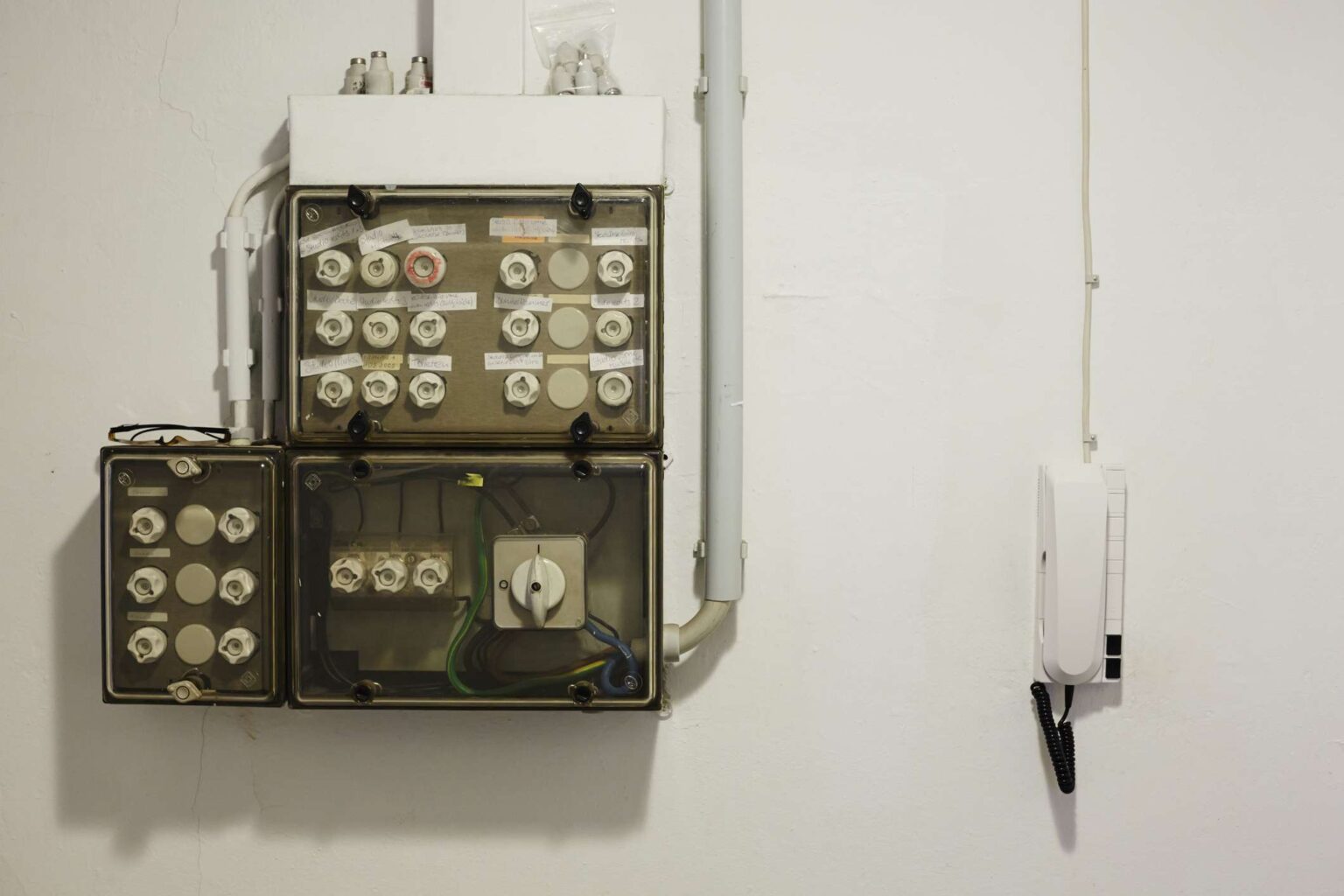A fuse box is an older type of electrical service panel that serves as a control board for a house’s entire electrical system. While any home built around 1960 or later has a service panel full of circuit breakers, panels in older houses used fuses to provide over-current protection for household circuits.
A fuse box has a series of threaded sockets into which the fuses are screwed like light bulbs. A fuse protects each circuit in the home, and each fuse must be the correct type and have an appropriate amperage rating for its circuit. Using the wrong kind of fuse for a circuit can pose a severe fire hazard, so it’s essential to identify the correct fuse for each circuit.
Here’s how to understand the difference between screw-in fuses, bases, power rating, and what they’re used for.
Read the full article here
